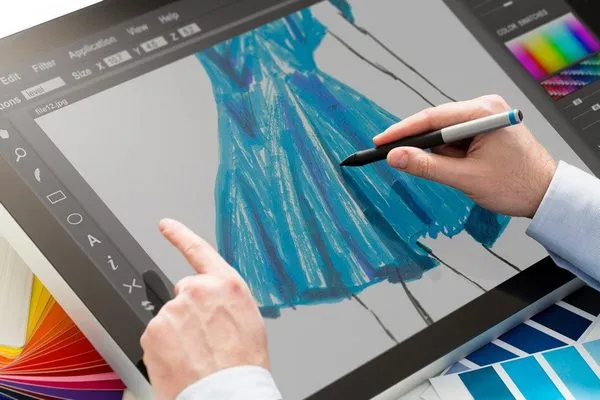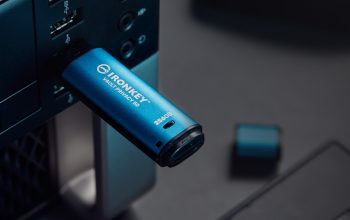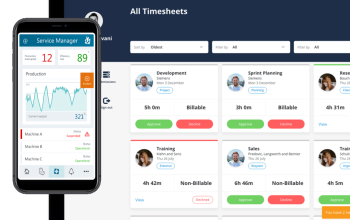Wearable tech is revolutionizing our lives – from fitness trackers and smart clothing to virtual reality headsets and VR goggles.
AI provides solutions for fashion industry problems, including personalization, optimizing supply chain management and minimizing waste production.
Papers written under this topic largely explored how immersive technologies could assist with moving toward more eco-friendly fashion models through various means such as gamification and virtual shopping [28]. Furthermore, some papers investigated its influence on consumer perceptions of secondhand clothing [56].
Fitness Trackers
Fitness trackers are an integral component of wearable technology. From simple pedometers to early Fitbit or Jawbone products, fitness trackers record your daily steps, stairs climbed, hours slept and heart rate data. Some fitness trackers even come equipped with readiness scores like Oura or Whoop to inform if it’s best to begin an intensive exercise regime right away or just ease into it gradually.
Electronic Frontier Foundation (EFF) reports that these devices generate a digital “paper trail” of personally identifying data which could be shared with data brokers, sold to law enforcement or used against you; yet few laws govern how companies collect and utilize such personal information from devices.
Smart clothing and footwear has gained increased attention over recent years, thanks to partnerships between tech and fashion brands that provide wearers with devices enabling them to answer calls, play music or take photos just by touching their clothes. Such devices are known as intelligent or smart clothing; one such example being Levi’s jacket made with Google Project Jacquard threads which enables users to connect their phone or tablet and access Google services while wearing this Levi’s jacket.
Smart Shirts
Wearable tech has seen an increasing trend towards garment connectivity to the Internet of Things. Clothing such as shirts, jackets and tops now feature sensors embedded within them that collect data about user health and activity and share this with apps on smartphones for analysis. Information collected can come either through embedded IoT devices such as sensors or from intrinsic conductive materials and polymers in fabric fabrics themselves.
Abbey Liebmann created a dress equipped with solar cells that generate power from sunlight to recharge mobile phones, while other fabrics incorporate polymers and semiconductors that enable users to shuffle playlists or control volume on headphones. Fashion industry can use smart garments as proof of sustainability as more customers demand to know where their clothes come from and how they are produced – this can be accomplished using blockchain technology to track garment supply chains and production.
Smart Fabric
Integrating technology into clothing could revolutionize our lives. These “smart fabrics,” or e-textiles, look and feel just like regular clothes while concealing sensors, complex circuitry, and more.
One of the greatest challenges associated with using smart textiles is integrating them seamlessly into fashion trends without disrupting design aesthetic. While some companies are working towards this end goal, full implementation remains some time away.
Another obstacle for fabric technology integration is cost. E-textiles are currently prohibitively expensive to produce; as technology progresses this will become cheaper. One of the most exciting things about smart fabric is its potential use to monitor wearers’ health and inform more informed lifestyle choices; medical garments incorporating such technology will enable doctors to evaluate movement imbalances more accurately for patients while offering more tailored treatment plans.
Smart Shoes
Fashion and technology come together beautifully in shoes. Like smartwatches and smartphones, the next-generation of footwear promises to become much more than simply an accessory.
Shoe companies are already employing wearable technologies to improve the performance of their products, such as Scribe Labs’ RunScribe Plus shoes that automatically track key metrics like running cadence and foot strike rate before sending this data directly to an app for analysis and improvement.
Some startups have begun selling shoes equipped with sensors that detect falls and notify family via mobile app, while other have created insoles that link directly with smartphone applications and can track different health metrics like posture, steps taken, and calories burned.




